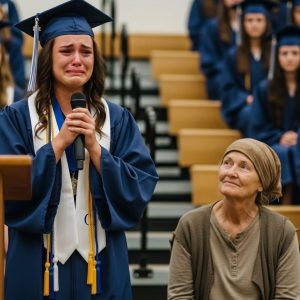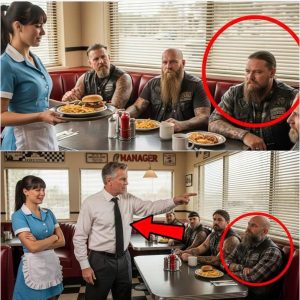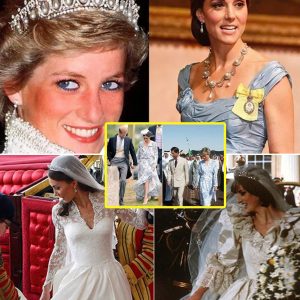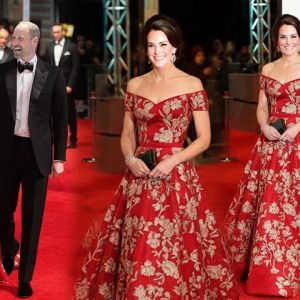When the babies were born, the room was filled with silence—not awe, but suspicion.
In 1995, Anna Williams lay exhausted in a hospital bed, her body shaking from hours of labor. In her arms lay five newborns, wrapped in pastel blankets. The quintuplets were so unusual they provoked whispers among the nurses, but what truly silenced the room was their appearance. Their skin was darker, their features not what anyone expected of a blonde woman and her white boyfriend, Richard Hale.
Richard burst into the room, pale but his eyes blazing with anger. He looked from the children to Anna. “What are these? Don’t tell me they’re mine.”
Anna, weak and terrified, whispered, “They’re yours, Richard. I swear.”
But Richard refused to believe her. “You’ve shamed me. You’ve ruined everything.” Hours later, she left the hospital, abandoning Anna and the children.
From that moment on, Anna’s life changed forever. She became “the Black quintuplet woman” in a small town that thrived on gossip. Strangers muttered insults in the supermarket aisles. Landlords shunned her at the sight of five young children clinging to her skirt. Her friends disappeared, reluctant to support her.
Still, Anna refused to give in. She worked various jobs—cleaning houses, waiting tables, sewing clothes—to keep food on the table. Every morning, she walked her children to school, five tiny hands clasped tightly around hers. At parent-teacher conferences, she sat alone, enduring pitying stares and critical whispers…
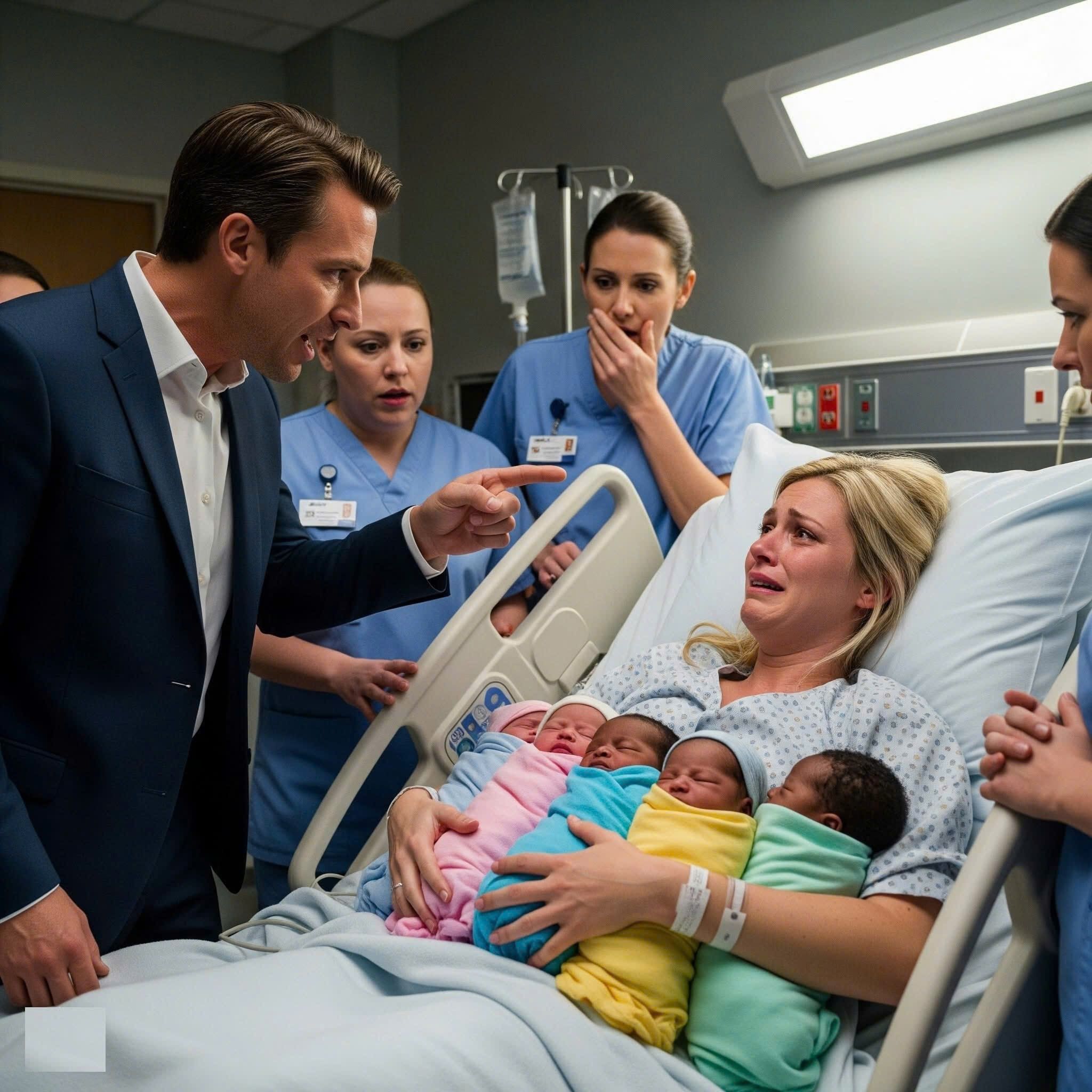
At first, the quintuplets—Noah, Naomi, Nathan, Nina, and Nova—didn’t understand why other children stared or why teachers often treated them differently. They were bright, curious, and full of energy. Yet, their very existence seemed to unsettle the town.
When Noah, the eldest by just a few minutes, asked, “Mom, why do they say we don’t belong here?” Anna forced a smile, hiding the tears welling in her eyes. “Because they don’t know you like I do. One day, they’ll see.”
By the time the children reached middle school, the whispers had hardened into cruelty. Teachers accused them of cheating whenever they scored too high. Classmates taunted them with slurs. At home, Anna tried to shield them, reading bedtime stories about heroes who overcame impossible odds.
Then, one autumn evening, a letter arrived in their tiny mailbox. It bore the university seal of a genetics research institute in Boston. The letter claimed they had been following the case of the “mystery quintuplets” since their birth. Their DNA, the letter suggested, could hold groundbreaking answers about rare genetic variations—variations that might explain their unique appearance and health.
Anna’s hands trembled as she read it aloud to her children. Could this be the chance to finally uncover the truth, to silence decades of doubt?
But there was a catch: participation meant public attention—headlines, interviews, scrutiny. The same world that had shunned them might now exploit them.
As her children looked at her with a mixture of fear and hope, Anna realized the decision wasn’t hers alone anymore. They had grown. They deserved to choose whether to step into the light—or remain hidden in the shadows of their small town.
And for the first time in twenty years, Anna felt a spark of something she thought she’d lost forever.
Not fear. Not shame.
Hope.

